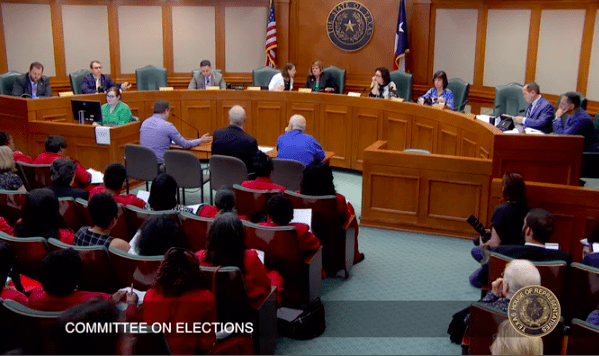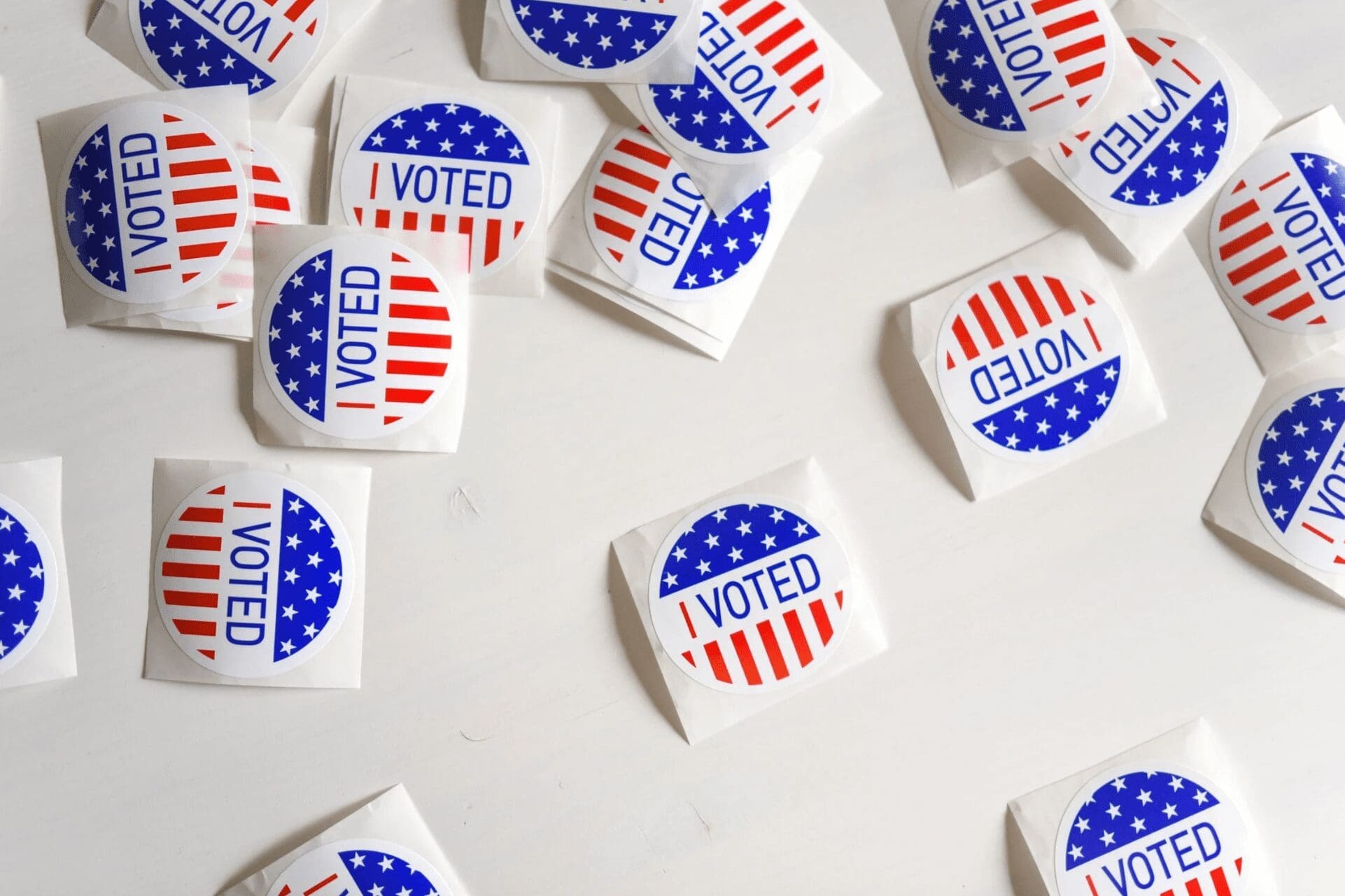Senate Bill 9’s death in the Elections Committee of Texas’ House of Representatives is an example of backroom politics killing a good bill.
The election integrity omnibus bill was passed by the Texas Senate on April 15 and referred to the House Elections Committee, chaired by State Rep. Stephanie Klick (R–Fort Worth), on April 29. SB 9 subsequently languished until a public hearing on May 15, despite public efforts to get it out of committee. Committee members approved a revised version of the bill on May 17 by a 5-4 party-line vote.
The eleventh-hour committee substitute, which omitted the mandate to use paper ballots as official election records, was a guarantee of failure because it was submitted too late in the session for it to have passed. The massive changes from the Senate version would have further guaranteed failure because of the time needed for the reconciliation process. SB 9 as passed by the Texas Senate would have made a great start in cleaning up Texas elections, something Texas needs.
First, I would like to agree with Paul Simpson and Alan Vera of the Harris County Republican Party for pointing out the gaping flaw in the so-called “SAFE Act,” a bill recently rammed through the U.S. House of Representatives that would declare “paper ballots as the ‘official record’ of any election and the sole basis for any recount.” If there is a difference between the vote counts and the paper trails, that should raise questions of what went wrong, whether it be an after-the-fact electronic modification of the election results, a last-minute attempt at stuffing the ballot box with “suddenly discovered” ballots, or any other means of stealing an election. Once it has been established what went wrong, then the appropriate action can be taken.
I would go one step further than Simpson and Vera in their criticism of the SAFE Act and point out that it is blatantly unconstitutional. Refer to Federalist No. 59 for Alexander Hamilton’s explanation of why such a bill is unconstitutional.
Simpson and Vera are correct in asserting that paper ballots have been known to magically appear. But other paper trails, such as sequentially numbered ballots, and proper controls are in many cases the reasons why we know what was done.
So many of our electoral processes are conducted behind closed doors rather than in public, where they belong. Excluding the public from observing all aspects of the election, except for the marking of the secret ballots, is a major contributing cause that gives fraudsters the opportunity to commit electoral fraud with a reasonable chance of not getting caught.
Simpson and Vera are also correct in asserting that dishonest vote counters have been known to alter paper ballots. The most famous, or infamous, technique for doing this is known as “the short pencil.” This can be a very small pencil or even just pencil leads in the fingertips of dishonest vote counters who fraudulently alter ballots as they are being counted.
Once again, the solution is to re-establish the traditional American election rules of allowing the public to witness the electoral process without restriction, except for those who would disrupt the process.
I have no idea where Simpson and Vera got their 5 to 10 percent error rate for optical scan ballot counting. I’d like to see a reference, including how they were certified.
Traditional American elections allowed for public access to all aspects of the electoral process except for the marking of the secret ballot. Proper controls to prevent, or at least reduce, election fraud included multiple paper trails. 1) The ballots were made of paper; 2) the sign-in sheets were made of paper, and the voters signed in consecutively as they appeared at the polls; and 3) the election results were made public and documented on paper at the precinct level as soon as the vote counts were completed. These three paper trails coupled with public access to observe the electoral process are the most significant reasons why we know of the fraud attempts, both successful and unsuccessful.
We have no idea how many frauds have been perpetrated in paperless electronic vote counting, paperless electronic voter sign-in, or alteration of precinct results where such results were not made public and not documented on paper immediately.
Consider Texas’ infamous Ballot Box 13 incident that gave Democrat “Landslide Lyndon” Johnson his 1948 U.S. Senate primary win. The nomination was stolen not because of the paper involved, but because the evidence was ignored. It was the paper trails at the precinct level and tracing them upward that led Gov. Coke Stevenson’s investigative team to Ballot Box 13. It was the paper trail of a consecutive sign-in sheet on paper that showed the final signatures in Precinct 13 were likely fraudulent. As reported by Tracy Campbell in his book Deliver the Vote, “Although Stevenson was not allowed to examine the voting lists, one official who did so informed Stevenson that the last 203 names on the voting list were written in alphabetical order and in the same ink.”
Not only should we have a paper trail in the ballots, we need to preserve or reinstate the paper trail for consecutive sign-in. We need to preserve or reinstate the paper trail for the immediate printing and public proclamation of precinct election results. We need to preserve or reinstate voting in the precinct. And we need to reinstate elections as public events with any member of the public allowed to walk in at any time and witness the election, provided they do not act in a disruptive manner. SB 9 would have been a good first step in that direction.
I would also like to suggest a debate on the topic of paper trails in election integrity.
This is a commentary submitted and published with the author’s permission. If you wish to submit a commentary to Texas Scorecard, please submit your article to submission@texasscorecard.com.





